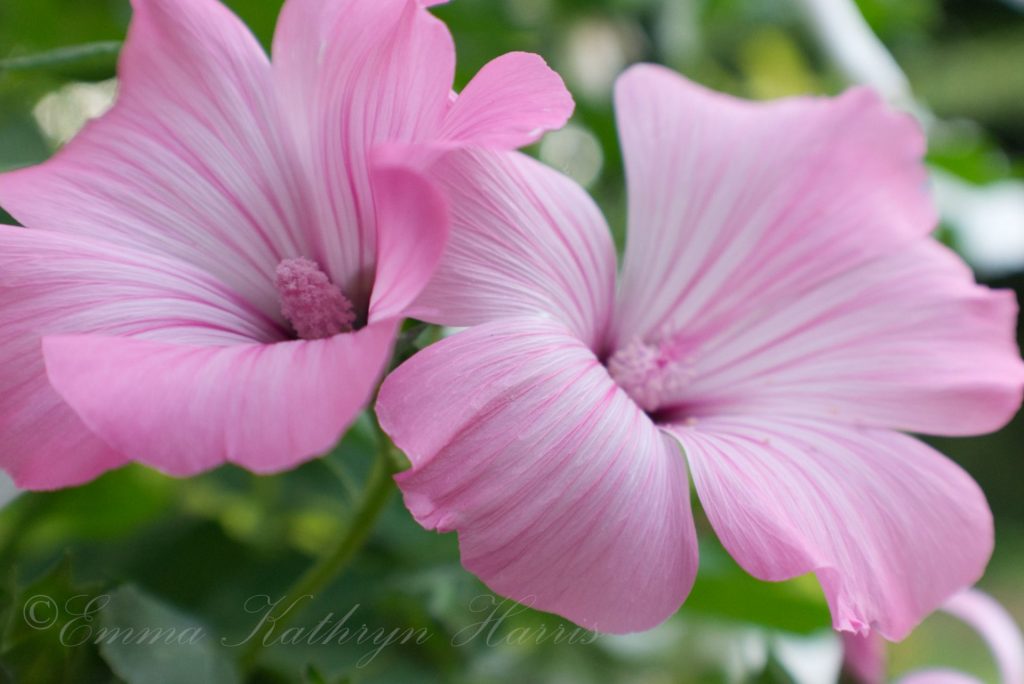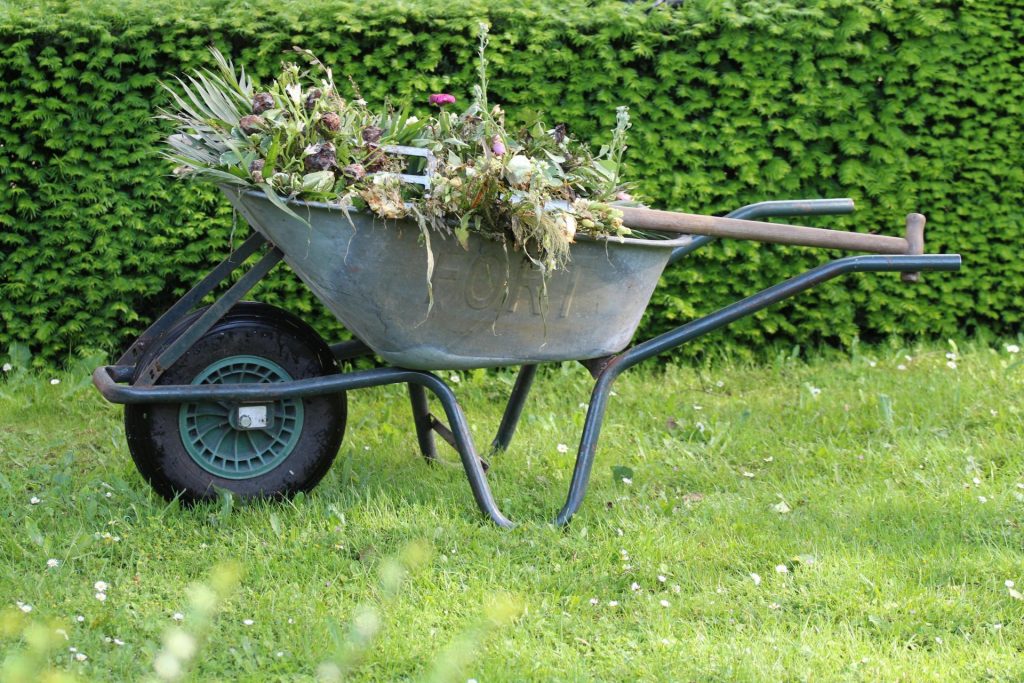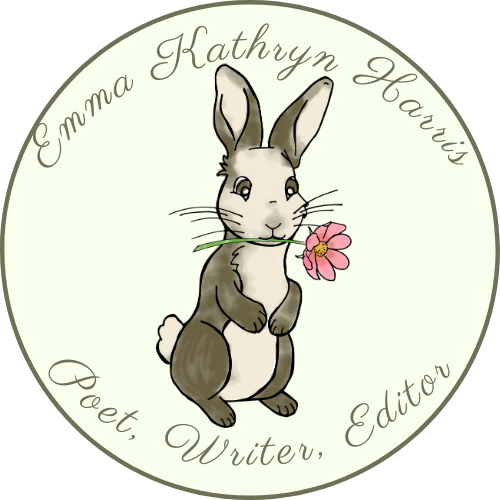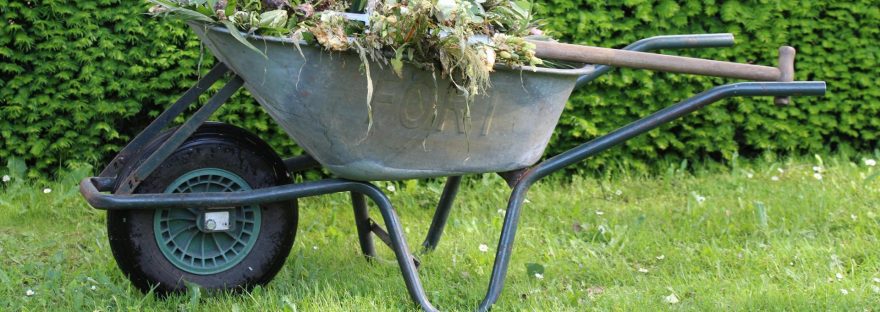The glory of gardening: hands in the dirt, head in the sun, heart with nature. To nurture a garden is to feed not just the body, but the soul.”
Alfred Austin, Poet
The recent, irregular above-average warm February days have seduced me into doing things I don’t enjoy. Like cleaning the garden.
But staring at the tall, dead stalks finally compelled me to schedule a date so that I could yank them from their roots. And once I started pulling, there was almost no stopping my determined heart to purge and clean and prep the yard for a beautiful year. My only caveat was to quit after two hours lest I collapse, and the roots consider me plant food.
Funny thing about roots—they are stubborn. They grow long and thick and wrap themselves around and through the dirt deep so that it takes a crane to pull out the smaller than 10-inch base. And pull as I might, they hold tight instead of letting go. My pineapple sage is still clinging to the pot, determined it should remain. I’d let it if it would grow again, but typically in this zone it is an annual. It did not grow as lush last year as it usually does given the wild weather patterns. This year, the weather patterns are again insane so it’s impossible to know what will grow well. My daffodils and hyacinths are coming through the ground weeks earlier than they should, and because of the cold snap this week, the flowers might not make it past the terrible twos.
My garden is now in what I call the “good enough” stage. It has taken me a while, but I’m realizing that no matter what I do, I will never reach perfection with anything. Especially my garden, which has a mind of its own. So I get to the “good enough” part where it’s cleaner than it was and ready for seeds and plants. There is still more to do, but they are things I can do along the way and through the coming weeks.

I’ve taken the same attitude with my writing. Instead of looking at the blank page, knowing I’m supposed to churn out 2,000 or 50,000 words and later pitch or self-publish, I try not to think too far ahead. I chip away at it with short goals, such as “write for one hour” or schedule a couple afternoons to write. If I looked at my garden cleaning project and thought: “I’ll never get this done, it’s too much,” then I wouldn’t have started. I set limits, knowing I could always schedule another day to continue.
I recently sat through a webinar where the speaker said he edited his essays 30 times. That’s fine. It works for him and he’s a good essayist. I enjoy his work. And it is true that we want to make sure our work is truly polished. But I also believe there is only so much we can take. I am not aiming for perfection, I’m aiming to get my work done, “good enough,” and out the door. Also, we can only edit so much because we make the same mistakes. That’s when it’s time for someone else, such as our editor, to step in.
Most depictions of authors I see on the screen are obsessive, cranky, and unhappy struggling artists. I don’t want to be the miserable writer who’s never satisfied with her work. I might as well be out in the yard, in summer, still pulling dead twigs and weeds, or the flowers trying to blossom but they don’t satisfy me, so I rip them out too.
How many successful creators and artists do you know who waited to put their work “out there” until it was perfect? No one. They put it out, with all its flaws, and held their breath. For them, it was “good enough” to not hold them back. They didn’t stubbornly cling to the ground and refuse to loosen their grip.
Perfection hinders us. “Good enough” keeps us working and publishing.




